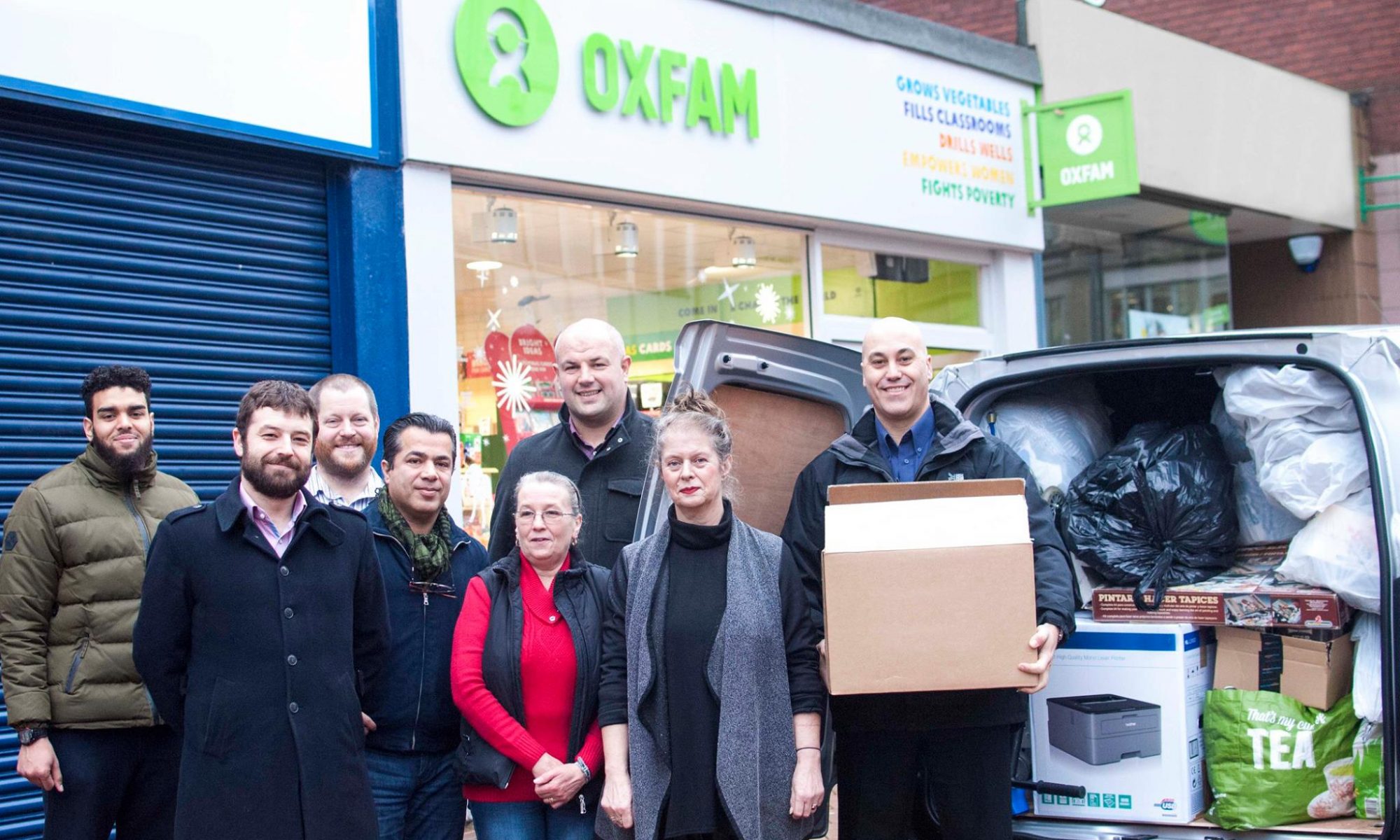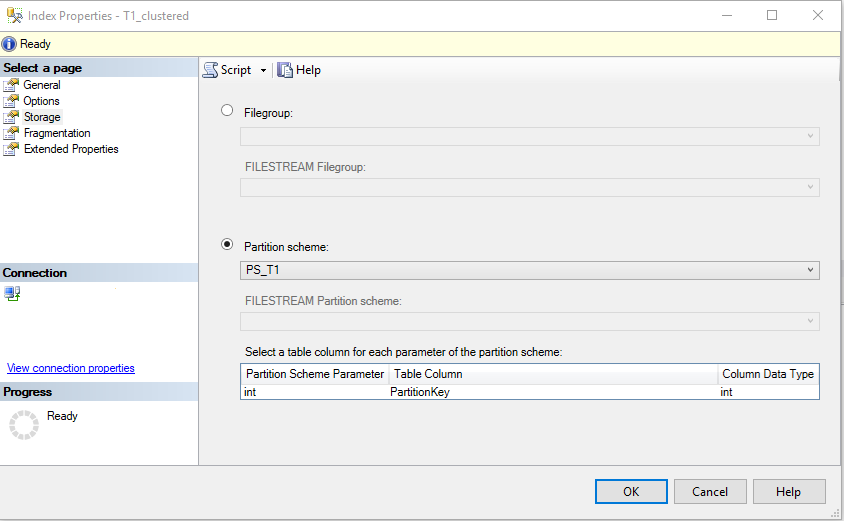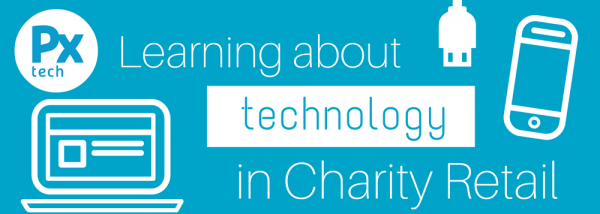Analysing what is going on in your restaurant is the first step to truly engaging your customers. You’re likely to already collect a wealth of data about your transactions, staff and customers. Collating this data is important but unless you utilise it, this can be a little fruitless. A good EPOS system will collect data automatically and store it safely in the cloud so it’s there to review when you need it. Good Business Intelligence systems can then take this data and transform it into something you can act upon.
However, it can be difficult to know where to start. Here’s some ideas on how you can utilise data in order to engage with customers on a much deeper level:
Listen to your customers’ voice
The first step in pleasing your customers is to listen to what they really want. Online reviews are becoming ever more important and can provide valuable insights as to where you could improve. More often than not however, customers tend to write reviews when they’ve had a negative experience than when they repeatedly get good customer service and the products they want. While valuable and useful, these don’t help you determine what you’re already getting right.
Sales data can indicate exactly which products sell most, what times of day, week or year they’re most popular, and what combinations of products are preferred. This means you can alter your menu to reflect your customers’ desires. Customers are unlikely to tell you directly that they’ll generally purchase a drink with a main meal for example. Your data does tell you this information, allowing you to create certain deals or options that the customer will engage with. Seeing trends in product sales ensures that your restaurant always offers the customer something they really desire, increasing the likelihood of repeat custom.
Spot emerging trends
While you’re constantly looking at your successful products to ensure your menu is desirable, it’s also good to see the journey of your products or ones that may be gaining or losing popularity. This is most prevalent in seasonal products. A good example includes the Pumpkin Spice Latte from Starbucks. Presumably it sold well in its first year, demand was high and many customers now wait in anticipation of its return to the menu each autumn.
If Starbucks were to have this item on their menu all year round, it may appear to look like an average selling item as its sales are likely to drop in the summer. Keeping it as a seasonal item builds the buzz around it and makes customers excited for its return. If you’re able to spot similar emerging trends, you can jump on them early on to maximise sales opportunities and excite customers with something they really enjoy. Restaurant trends come and go so it’s good to be able to review what works, what doesn’t and what you can implement for the future. This means your restaurant will never be behind the curve and will keep you in line with your competitors.
Personalise the dining experience
With the use of apps, memberships and loyalty schemes on the rise, you are now receiving more information about your customers than ever before. As you make the effort to collect all of this information, it makes sense to be able to do something with it.
Embracing technology within your restaurant through things such as digital signage or interactive menus and ordering systems means you can make the dining experience much more personal to the customer. If you don’t wish to directly implement technology on the tables, letting them order through an app to which they have an account means you can offer them tailored promotions and show what items they order most and may like to order again (i.e. “Want to order the same as last time?”).
Some restaurants are even going as far as to have live social media walls so that customers can take pictures, tweet or share their food across social media and it can appear immediately on the wall in the restaurant. Incorporating this with gamification and competitions (such as whomever gets the most ‘likes’ gets their meal for free) is a sure way to help your restaurant further its reach online, establish a recognised brand name and see what items are trending.
Engaging your customers can be a difficult process so deploying as much help as you can get from your data is a good idea. Big Data isn’t there just to be digitally shelved and never utilised. Analysing and creating actions from data is the next step to increasing customer engagement on a deeper level, sometimes without them even having to step foot in one of your restaurants.
If you would like to know more about how data analysis can help you make reactive decisions about your business, contact PXtech on info@pxtech.com or 01332 921 300.




 Kerry Townsend, Director of Hospitality Business
Kerry Townsend, Director of Hospitality Business

















